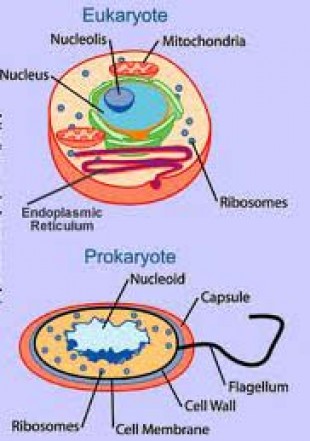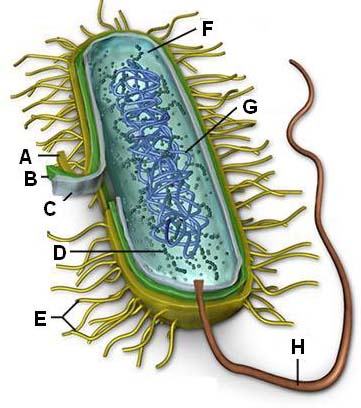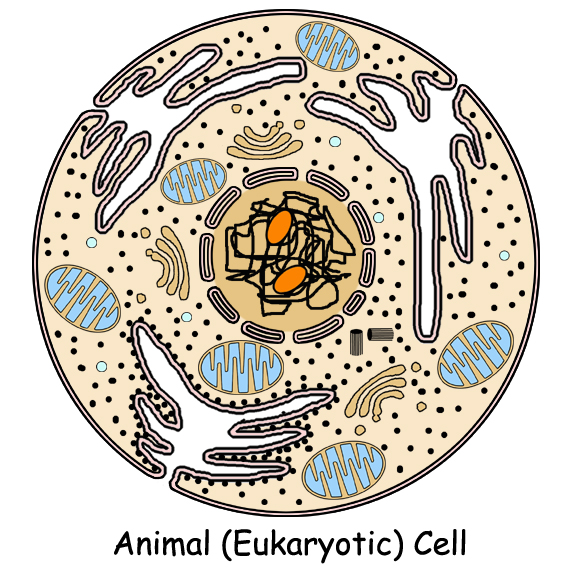Difference between Prokaryotic and Eukaryotic Flagella

Prokaryotic and Eukaryotic flagella are two types of cells that were in existence on the planet earth even before existence of human species. According to the scientists both types of cells have many things in common, for example, both contain DNA in their genetic material and both have metabolic (life) process, but they are completely two different type of cells. Prokaryotic cells came into existence 3.5 billion years ago and were the first signs of life on the earth. Then about 3 billion years later were found Eukaryotic cells that are claimed to have evolved from Prokarytic cells.
Instructions
-
1
Prokaryotic Flagella
These are type of cells that came into existence soon after the planet earth came into existence. Their physical shape was of bacteria and their age is considered 3.5 billion years. They came into existence for the first time on this planet even before Eukaryotic cells and well before our ancestors. The have many things in common with Eukaryotic cells but they are a completely different class of cells. Since Eukaryotic cells are claimed to have evolved from them, having some characteristics in common is understandable. For example, both share DNA in their genetic material and both have the same metabolic or life process. Still the latter form of cells is considered as interdependent on the former. Also, there are some structural differences between these two types of cells.
Image Courtesy: cstephenmurray.com
-
2
Eukaryotic Flagella
This is also a form of cells, which were found 3 billion years later for existence of first cells on this planet, Prekaryotic Cells. Scientists believe these cells were evolved from the former cell types and are therefore interdependent to each other. The existence of these cells came into being just before human beings' first signs on the earth. They are 500 million years old while hominid signs are traced 300 million years ago. This type of cells are also different in structure to the previous form of cells. They contain two important things that Prokaryotic cells do not: a nucleus and organelles (little organs) with membranes around them. The nucleus is considered the control center or brain of the cells that has led the scientists to detailed study of this type of cells. However, they have to have DNA in their genetic material, which is in common with the Prekaryotic cells.
Image Courtesy: cod.edu







